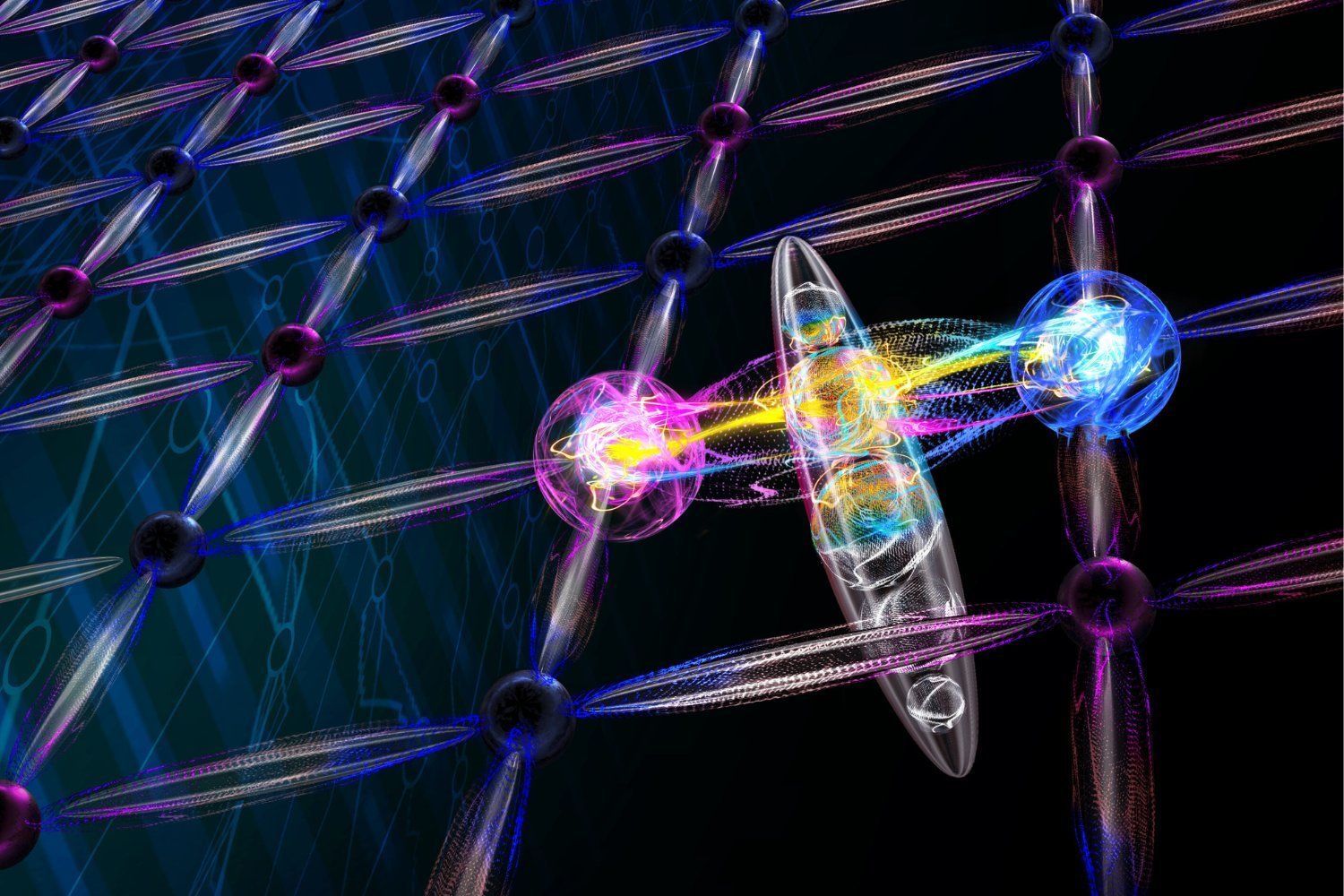
Qudits: The Next Step in Quantum Computing Beyond Qubits?
We're all familiar with qubits, the basic building blocks of quantum computers, which, unlike regular bits, can exist in multiple states at once. But there's a new player in the quantum game: the qudit.
Qudits, as Christine Muschik from the Perimeter Institute for Theoretical Physics explains, take advantage of a key aspect of quantum mechanics to perform more complex computations than classical computers. Instead of just two states (0 and 1), qudits can use multiple levels, like having "yes, no, and maybe" as options, potentially making quantum computers more efficient.
Qudits: More Levels, More Possibilities
Muschik's team recently published research highlighting how qudits can make quantum simulations of gauge theories more efficient. The core idea is simple: why limit ourselves to just two levels when we can use more? By encoding information in these additional levels, qudits can pack more information into a single unit.
While it doesn't exponentially increase information capacity, it offers a significant advantage. Imagine sending a message: a bit can only say "yes" or "no," while a qutrit (a 3-level qudit) can also say "maybe."
The Trade-Off: Complexity vs. Efficiency
There's a catch, of course. Controlling more levels requires more precision. However, the reward is a more compact and efficient register, which leads to simpler circuits. As Muschik points out, long circuits are a major bottleneck in quantum computing due to the accumulation of noise.
Qudits help "put the circuit on a diet," reducing noise and speeding up computation. This is crucial for achieving meaningful results with quantum computers.
Simulating Particle Interactions with Qudits
Muschik's team's research focused on simulating fundamental particle interactions, a challenging task for quantum computers due to noise. By joining forces with a team building a qudit quantum computer, they achieved a breakthrough: simulating particle interactions beyond one dimension and creating the first complete qudit algorithm.
This opens up possibilities in various fields, including particle physics, materials science, chemistry, and quantum communication. Qudits could enhance the security of quantum internet and help simulate complex systems like those found in neutron stars or the early universe.
Qubits and Qudits: A Powerful Combination
Interestingly, qubits and qudits aren't necessarily competitors. They can work together. For example, in simulating particle interactions, qubits can naturally represent matter (like electrons and positrons), while qudits can efficiently represent force fields (quantum gauge bosons).
This synergy allows for a flexible approach, using the best tool for each specific task. Muschik envisions a future where qubits and qudits seamlessly merge, offering a powerful and versatile quantum computing platform.
The Future of Qudits: Addressing the Gaps
The next steps for Muschik's team involve expanding simulations to three dimensions and exploring more complex theories involving quarks and gluons. They are also investigating quantum sensing with qudits and developing better error correction methods.
While quantum computers are currently limited by their size and noise levels, qudits offer a promising path toward more powerful and practical quantum computation. There's still much to explore, but the potential of qudits is undeniable.
Source: Gizmodo